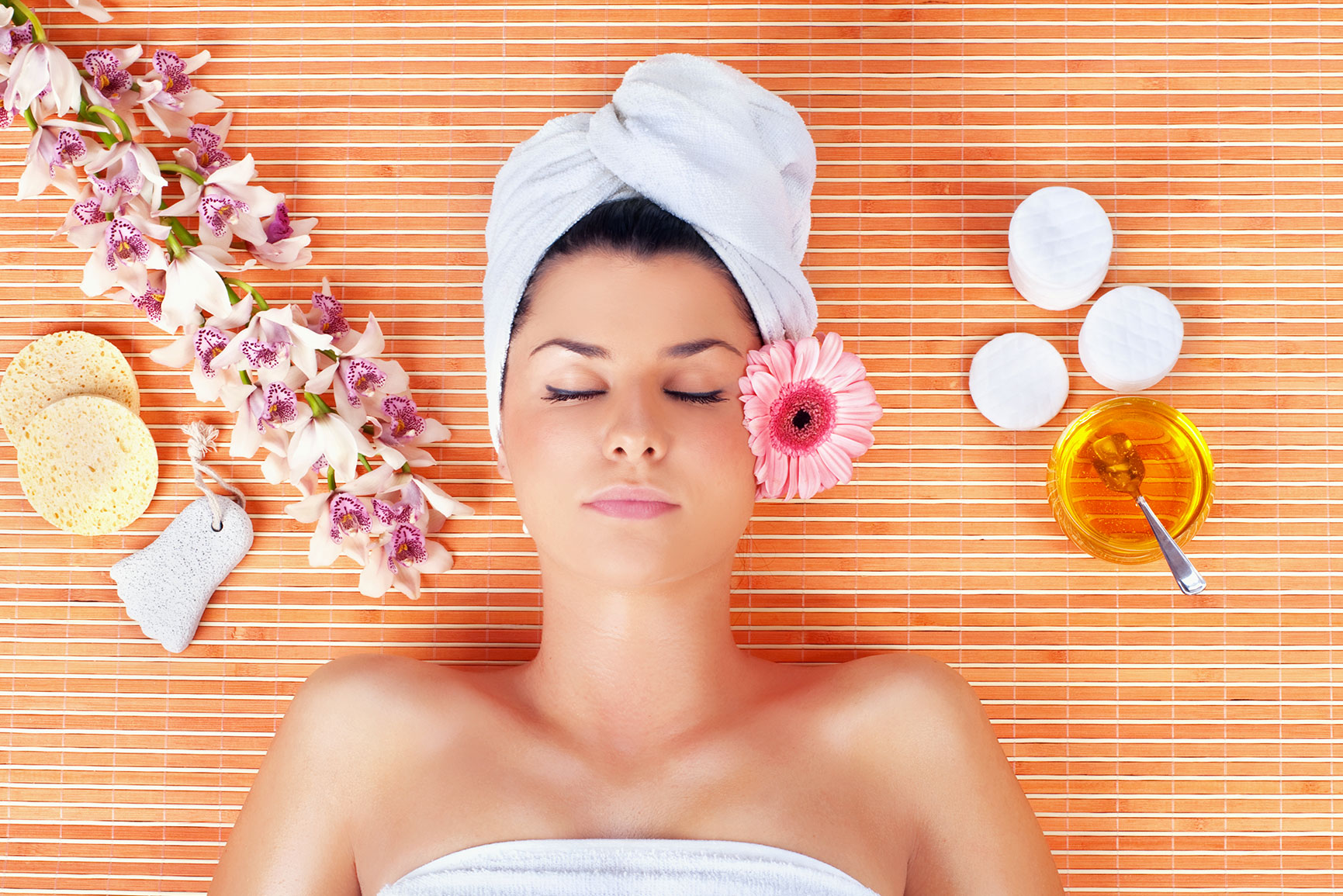In recent years, the beauty industry has witnessed a transformative shift towards sustainability. Consumers are increasingly aware of the environmental and ethical implications of their purchasing decisions, leading to a demand for sustainable beauty products. This comprehensive guide will delve into what sustainable beauty means, the benefits of using eco-friendly products, and how to make informed choices that align with your values.
What is Sustainable Beauty?
Sustainable beauty refers to products and practices that are environmentally friendly and socially responsible. This includes the sourcing of ingredients, the packaging used, and the ethical treatment of workers in the supply chain. The concept is rooted in the idea of minimizing harm to the planet while promoting health and wellness.
The Pillars of Sustainable Beauty
- Eco-friendly Ingredients: Ingredients that are natural, organic, and sourced sustainably.
- Ethical Sourcing: Ensuring fair wages and safe working conditions for those involved in the production process.
- Minimal Packaging: Using recyclable or biodegradable materials to reduce waste.
- Transparency: Brands that openly communicate their practices and ingredients.
The Benefits of Sustainable Beauty Products
Choosing sustainable beauty products has a multitude of benefits, not just for the environment but also for individual health and the community at large.
Environmental Impact
One of the most significant benefits of sustainable beauty is the reduction of environmental harm. Traditional beauty products often contain harmful chemicals that can pollute water systems and harm wildlife. In contrast, sustainable products typically use biodegradable ingredients and packaging, which minimize waste and pollution.
Health Benefits
Natural ingredients found in sustainable beauty products are less likely to cause skin irritations or allergic reactions. Many conventional beauty products contain synthetic chemicals that can be harmful over time. By opting for organic and natural ingredients, consumers can promote healthier skin and overall well-being.
Supporting Ethical Practices
By choosing sustainable beauty brands, consumers are supporting companies that prioritize ethical practices, such as fair labor and responsible sourcing. This shift not only empowers marginalized communities but also encourages the entire industry to adopt more sustainable practices.
Identifying Sustainable Beauty Products
With the rise of greenwashing—where brands falsely claim to be eco-friendly—it’s essential to know how to identify genuine sustainable beauty products. Here are some tips:
Look for Certifications
Certifications can provide assurance that a product meets specific sustainability standards. Common certifications include:
- USDA Organic: Indicates that a product is made with organic ingredients.
- EcoCert: A certification for organic and natural cosmetics.
- Leaping Bunny: Guarantees that products are cruelty-free.
Research the Brand’s Practices

Visit the brand’s website to learn about their sourcing, production, and packaging practices. Look for transparency in their supply chain and any sustainability initiatives they have undertaken.
Check Ingredients Lists

Familiarize yourself with common harmful ingredients to avoid, such as parabens, sulfates, and synthetic fragrances. Instead, seek products with natural and recognizable ingredients.
Top Sustainable Beauty Brands to Consider

Many brands are leading the charge in sustainable beauty. Here are some notable examples:
- RMS Beauty: This brand focuses on using raw, food-grade ingredients and offers eco-friendly packaging.
- Ethique: Known for their solid bars of shampoo and conditioner, Ethique eliminates plastic packaging entirely.
- Herbivore Botanicals: This brand uses natural, cruelty-free ingredients and has a commitment to sustainable practices.
- True Botanicals: A luxury skincare line that prioritizes non-toxic, organic ingredients and sustainable packaging.
DIY Sustainable Beauty Solutions

If you’re looking to take sustainability a step further, consider creating your own beauty products at home. DIY beauty solutions can be both eco-friendly and cost-effective. Here are some simple recipes:
Exfoliating Sugar Scrub
- Ingredients: 1 cup of sugar, ½ cup of coconut oil, and a few drops of essential oil (like lavender or peppermint).
- Instructions: Mix all ingredients in a bowl until combined. Store in an airtight container and use in the shower for smooth skin.
Natural Face Mask
- Ingredients: 1 ripe banana, 1 tablespoon of honey, and 1 tablespoon of oatmeal.
- Instructions: Mash the banana, add honey and oatmeal, and mix well. Apply to the face for 15-20 minutes before rinsing off.
The Future of Sustainable Beauty

The future of sustainable beauty appears bright, with an increasing number of brands committing to eco-friendly practices. As consumer awareness grows, brands will be held accountable for their environmental impact. Innovations in sustainable packaging, such as refillable containers and biodegradable materials, will likely become the norm rather than the exception.
According to a report by Grand View Research, the global organic personal care market is expected to reach $25.11 billion by 2025, reflecting the growing demand for sustainable options. This trend is not just a passing fad; it represents a significant cultural shift towards sustainability in all aspects of life.
Choosing sustainable beauty products is not merely a trend but a necessary step towards protecting our planet and promoting healthier lifestyles. By understanding what sustainable beauty entails, recognizing the benefits, and knowing how to identify genuine products, consumers can make informed choices that align with their values. As the demand for sustainable beauty continues to rise, it is essential for both brands and consumers to remain committed to eco-friendly practices. Together, we can contribute to a more sustainable future, one beauty product at a time.
